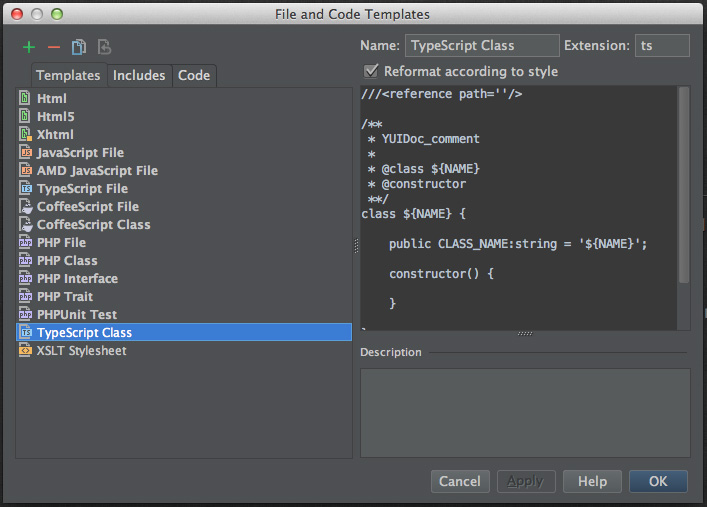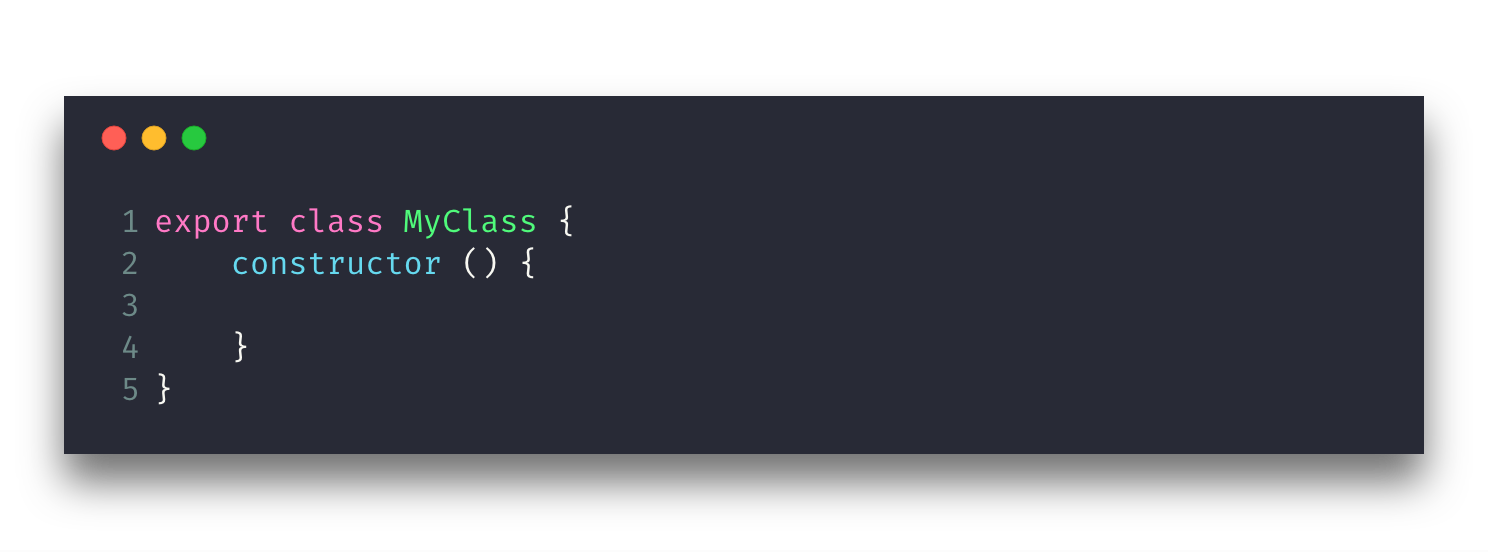

Wrapping it up Weve seen that TypeScript ensures correct usage of constructors when we have an abstract class.


TypeScript enforces that we pass the appropriate arguments (in our case a single string). Get VSCode and grab the extension from the VSCode Extension Market. We used the new operator upon class instantiation. This invokes the constructor of the ViewModel base (or 'super') class. With 4 or more, the constructor will have single line for each variable. However, now we can put that aside since we can use the syntactic sugar to make it easier to understand and implement inheritance. With 3 variables or less, the constructor has single line for inputs. It’s also important to know that the class syntax is ultimately syntactic sugar for the prototypical inheritance model that existed since the beginning of JavaScript. Static members let us define members that are part of the class rather than an instance of the class. Abstract methods only have the signature and return type and no implementation details. We also have abstract methods that subclasses can implement. We dont have to remember the parameter order when instantiating the class because any modern IDE shows us which parameter we are on, and which we need to provide next. This is why I prefer sticking to multiple, comma-separated parameters. Wrapping it up We've seen that TypeScript ensures correct usage of constructors when we have an abstract class. When you have an object parameter in a class constructor, things become a bit harder to read. This is mostly used by people who use the mixin pattern ( example:mixins ) The mixin pattern involves having classes dynamically wrapping each other to 'mixing in' certain features to the end result. This invokes the constructor of the ViewModel base (or 'super') class. TypeScript makes inheritance easy by letting us define abstract classes - where some implementation is done by the abstract and others are done in the subclass that extends the abstract class. TypeScript 4.2 adds support for declaring that the constructor function is abstract. The class syntax makes inheritance of JavaScript easier to use since it looks like it’s using class-based inheritance, but it’s actually syntactic sugar on top of the prototypical inheritance model that’s been the same since JavaScript first came out. … a JavaScript and TypeScript class are ultimately just functions. For example, we can use it like in the following code: class Person ()) var employeeConstructor = Employee console.log(panyName) console.log(panyName) The static keyword can be used by both fields and methods. That means it is stored against the current scope (most likely window unless you are running it under another scope e.g. Private static members can only be used within the class, and protected members can be accessed by a class the member is defined in and also by subclasses of that class. In TypeScript, if you declare a class outside of a namespace, it generates a var for the 'class function'. So public static members can be accessed directly from outside the class.

Of course, this is given to the access modifiers that are designated for the member. Static members can be accessed without having the class instantiated. In this section, we used second argument with two types.With TypeScript, we can designate members as instance variables, which don’t have the keyword static before them, and static members, which have the keyword static keyword before them. In this article, we're going to have a look at how to overload constructor in TypeScript.ġ. with optional arguments ( argName?: TypeHere): class M圜lassName 2.3.


 0 kommentar(er)
0 kommentar(er)
